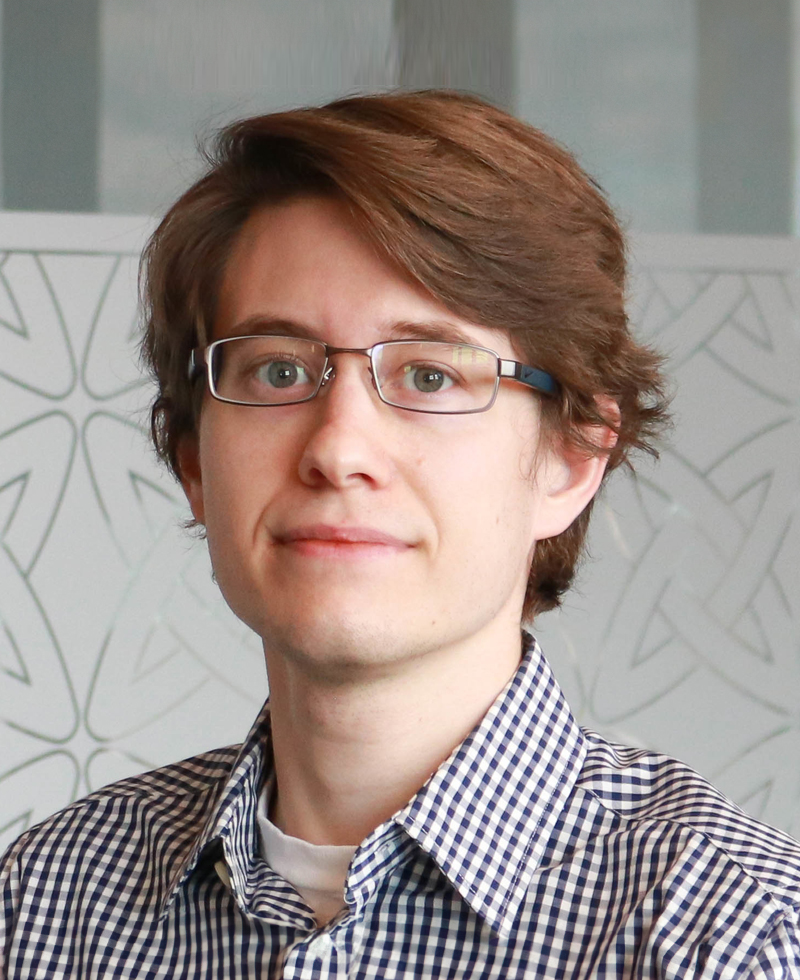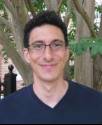Applied mathematics brings together tools from every corner of the field to study scientific problems facing the industry, technology, medicine, and society at large. Often our goal is to illuminate hidden structures underlying a host of natural phenomena with the use of simplified models, but the resulting insights and new methodologies can also lead to breakthroughs in solving complex real-world problems. Applied mathematics has a history of encountering deep theoretical obstacles which must be overcome before further progress can be made. Indeed diverse topics such as Fourier analysis, differential operators, generalized functions, differential manifolds, singularity theory, Banach algebras, and random matrix theory all have origins in applications.
Some research includes fundamental topics in Analysis (Harmonic, Complex, and Functional), and their application to the study of Ordinary and Partial Differential Equations arising in Physics, Engineering, and Mathematical Biology. Our research in dynamical systems employs classical analytic methods as well as numerical methods (sometimes with mathematically rigorous a-posteriori validation) and computational topology in order to analyze qualitative phenomena such as bifurcations, pattern formation, and the onset of chaotic dynamics. Research in Control Theory is primarily concerned with stabilization of systems of ordinary differential equations and difference equations with delay. Research taking a probabilistic approach includes stochastic differential equations arising in financial models and topological aspects of random fields. Further activity in this research group includes inverse problems, free boundary problems, conformal mapping, and analytic combinatorics.
|
|
|
Apply Now |
FACULTY

Dr. Barry Booton |

Dr. Parker Edwards |

Dr. Yuandan Lin |

Dr. Erik Lundberg |

Dr. Jason Mireles-James |

Dr. Francis Motta |

Dr. Vincent Naudot |

Dr. Yoram Sagher |

Dr. Tomas Schonbek |

Dr. Necibe Tuncer |

Dr. Yuan Wang |

Dr. Xiao-Dong Zhang |
Grants and Current Projects |
Books |
||||||||||||||||
|
|